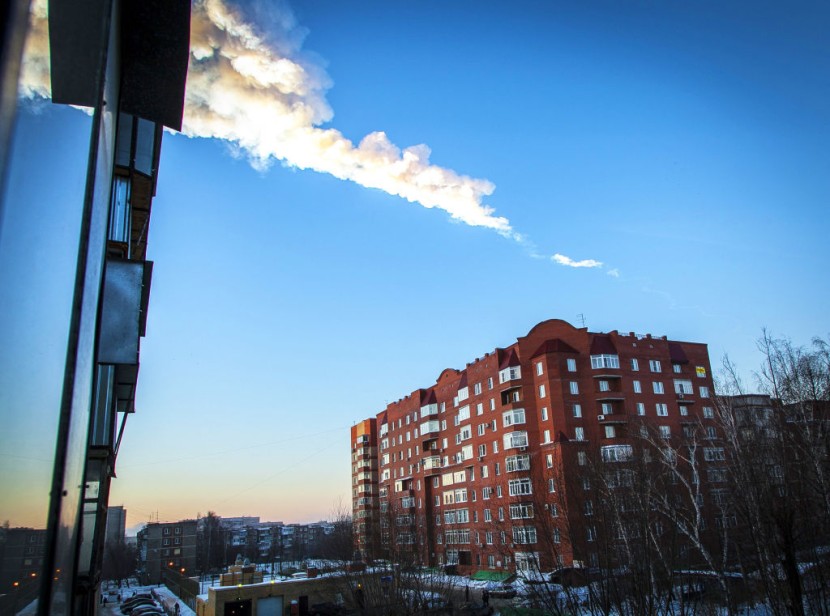
Researchers discovered meteorite dust with exotic crystals after the Chelyabinsk meteorite exploded midair. Large amounts of dust have left the explosion in Chelyabinsk City in Russia.
Chelyabinsk Meteorite Enters Earth Atmosphere
The asteroid entered the earth's atmosphere on Feb.15, 2013, with dimensions of 59 feet wide and heavy as 12,125 tons; it reached speeds of 41,600 mph, reported Science Alert.
Fortunately, the meteor blew up approximately 14.5 miles (23.3 kilometers) above, scattering tiny meteorites throughout the region and avoiding a huge collision with the ground.
At the time, experts described the event as a significant wake-up call about the dangers that asteroids pose to the planet, citing Live Science.
To date, the Chelyabinsk meteor explosion is the biggest to occur close to the planet's surface after the massive Tunguska blast in 1908. The outburst was equal to 30 times compared to the A-bomb dropped on Hiroshima, noted NASA.
According to Live Science's sister site Space.com, video footage of the event showed the space rock smoldering up in a flash of light that was briefly brighter than the Sun until producing a strong sonic boom that damaged buildings, broke windows, and injured roughly 1,200 people in the city below.
Exotic Crystals, Dust From Meteorite Explosion
In a recent study, scientists examined some of the minute pieces of space rock, or meteorite dust, left over after the meteor exploded, with exotic crystals originating from the Chelyabinsk meteorite.
A small amount of dust is typically produced as a meteor burns up. Researchers did not even notice tiny grains since they are either too small to be found, dispersed by the wind, fallen into the water, or polluted by the environment.
When the meteor exploded, that left a massive dust plume that floated in the atmosphere for about four days or more, which rained down to the surface later.
If it were not for layers of snow that fell after the meteoric airburst, which covered the dust that fell from the sky, later scientists would be able to recover them. They saw a new kind of crystal under the microscope while looking at the alien dust from space.
One of these tiny structures, barely noticeable under the magnifying lens, was in focus in the center of one of the slides when one of the team members gazed through the eyepiece.
The scientists found many more crystals in the dust and carefully examined them. More capable electron microscopes were used to accomplish this.
Several new crystalline forms were seen as quasi-spherical or almost spherical shells and hexagonal rods with unique transformative qualities, noted in the study.
Using X-rays to analyze the crystals, they were not of this earth with layered graphite, which is carbon. It overlaps atomic layers similar to pencils, with a nanocluster in the center of the crystal.
Researchers suggest that polyhexacyclooctadecane (C18H12), a molecule made of carbon and hydrogen, and buckminsterfullerene (C60), a cage-like ball of carbon atoms, are the two most likely candidates for these nanoclusters.
The study's authors think the crystals formed by extreme heat and pressure as the meteor broke up, but the process is unknown. The exotic crystals left by the dust of the Chelyabinsk meteorite are assumed to form from heat and pressure; the explosion is the biggest one after Tunguska in Siberia.
Related Article : Ancient City Tall el-Hammam Decimated by Tunguska-like Explosion, Theorized As Biblical Sodom
© 2025 HNGN, All rights reserved. Do not reproduce without permission.








